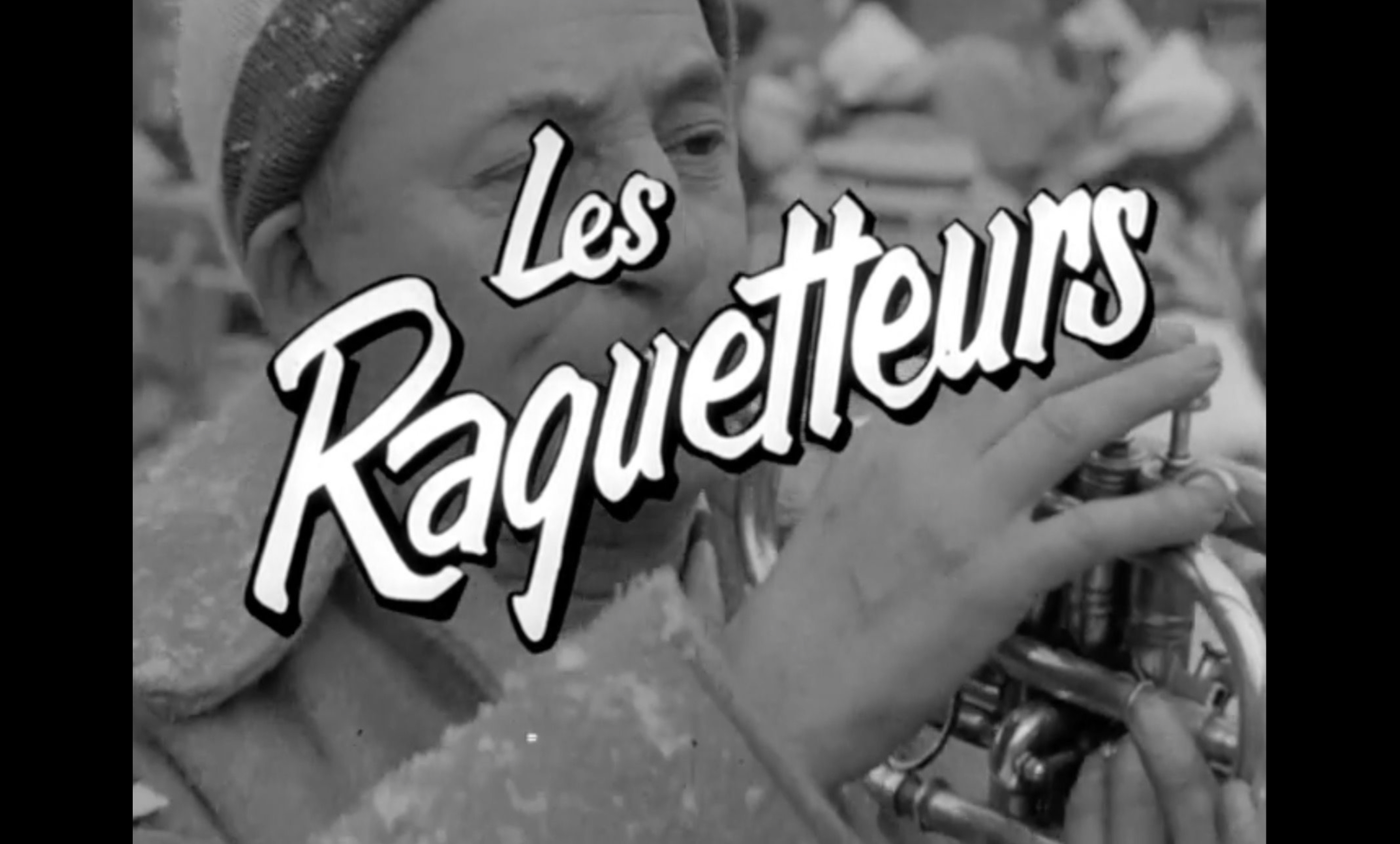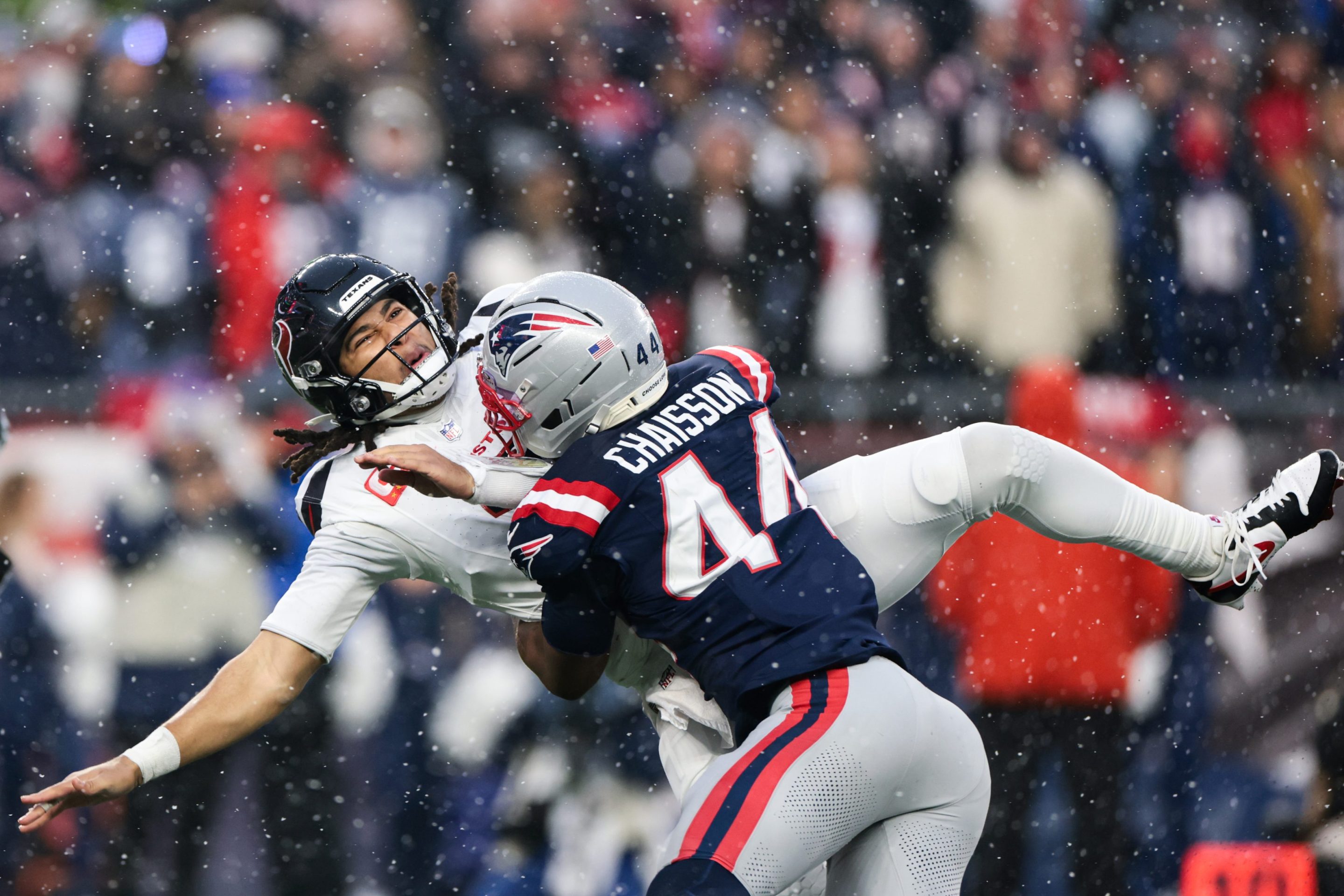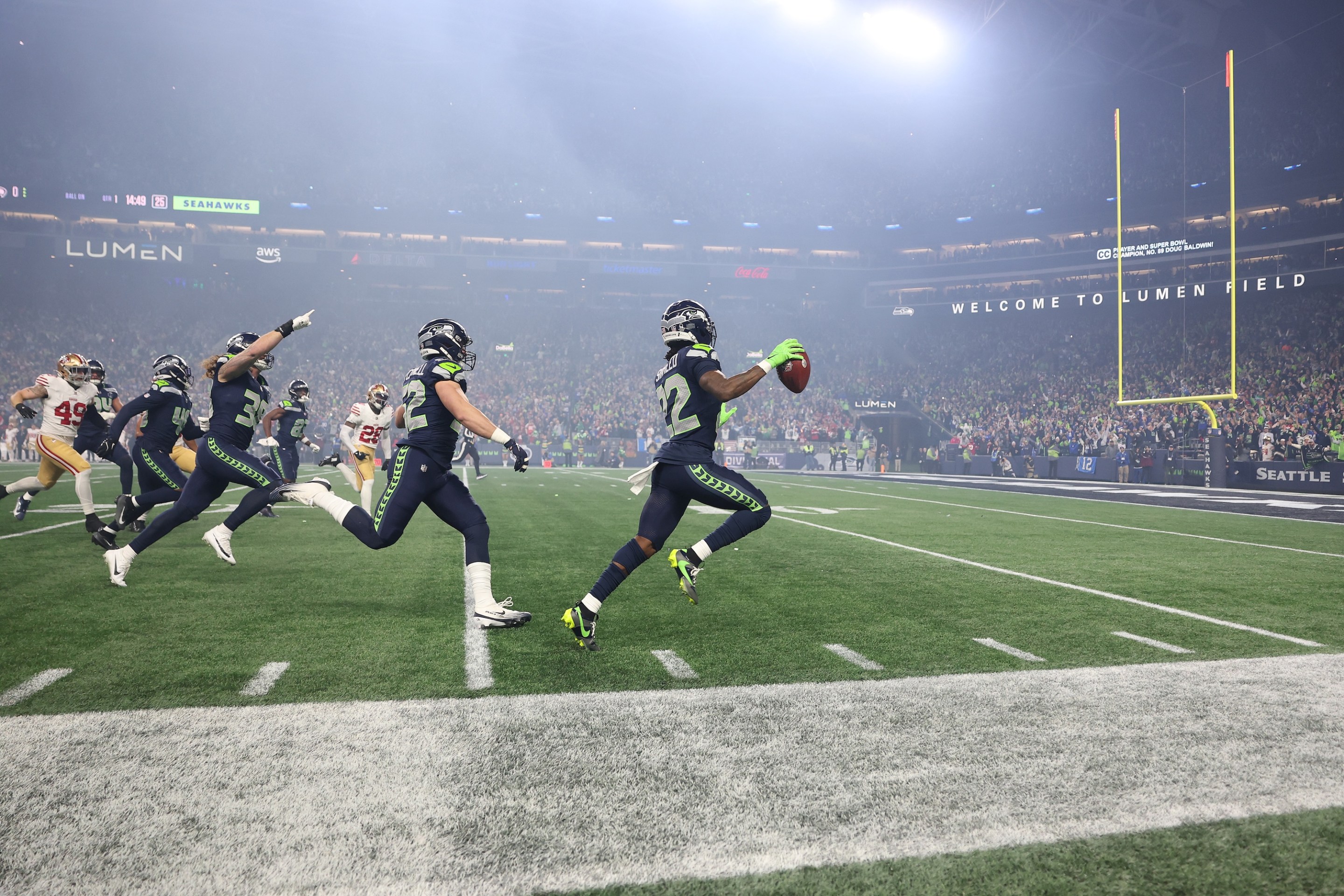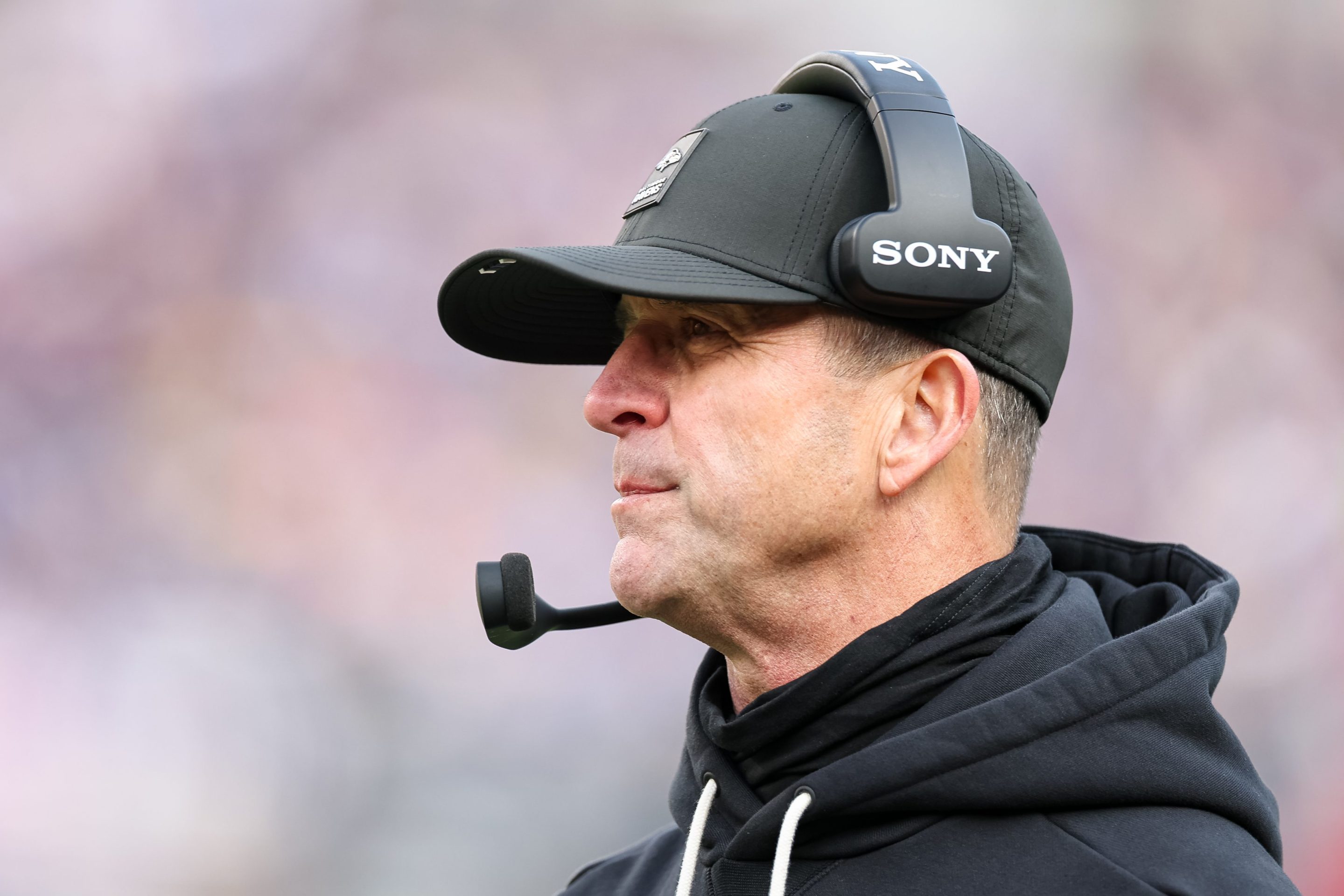There are lots of ways to measure the importance of a movie. There are box office monsters seen by millions of people that make studios a ton of money and spawn sequels and imitations. There are critical darlings that mature into classics, beloved by cinephiles who revisit them over and over again on collectible Blu-rays or boutique streaming services. The latter tend to be the movies we think about when we think about the broad shape of film history, while the impact of the biggest blockbusters tends to reverberate at the multiplex for years, sometimes decades. Which is to say that we may have to put up with a million superhero movies at the moment, but it’s not unlikely that 50 years from now the movies from the 2020s that we’ll be watching and talking about will be tiny little art house movies by filmmakers like Kelly Reichardt rather than whatever Marvel is rushing into theaters. (Not that a movie can’t be both acclaimed and popular, of course.)
But then there are movies that fly even further under the radar, movies that are virtually unknown but are nonetheless so influential that they literally change the course of the medium: innovative, inventive little movies that are seen by enough of the right people that film history can be divided into pre- and post-That Movie. They might remain obscure for decades, forever even, because, even if they’re masterpieces, their importance manifests in the stuff they inspire.
There’s a 15-minute documentary about snowshoe races in Quebec, made in 1958, that is one of those. Unless you’ve taken a class on Canadian film history, there’s no reason that you would have heard of Les Raquetteurs (The Snowshoers), but it’s a delight, and, to indulge in only a bit of hyperbole, it is as consequential a movie as has ever been made. There has never been a sports movie that’s resonated throughout film history like this one. Not Rocky, not Field of Dreams or Space Jam or any other movie seen by a zillion people, but also not Raging Bull or Hoop Dreams or, I dunno, O.J.: Made in America. This largely unseen, unknown little documentary by French Canadians Gilles Groulx and Michel Brault made giant ripples in the medium. It would shake and shape choices made by filmmakers for decades. Why? Because it was shot with a handheld camera.
Les Raquetteurs is a practically encyclopedic collection of all the different forms of small-town charm, or as least as much as you can fit into 15 minutes. It’s not just a couple races, but a whole festival attracting serious snowshoe racers and well-wishers from all over southern Quebec. You see some races, but most of the movie is devoted to finding little details in the crowd. The kick-off parade down Main Street, led by little girls with batons and, seemingly, anybody in town with an instrument, has to pause for a few minutes to let a train pass, half the procession waiting on either side of the tracks. A dog runs onto the track to chase after the racers. The footage from one race completely neglects the winners to focus on a racer who gives up entirely after about two steps. At the afterparty everybody’s drunk and happy and dancing as hard as they possibly can. It’s delightful.
But that’s an explanation of why it’s fun and why you should watch it. Why it’s important is that it was shot handheld, and, even more than that, that the filmmakers were walking with the camera: It’s not afraid to be shaky, though it’s carried with enough care and skill to be pleasantly active rather than distractingly manic, especially to modern eyes that have put up with countless shakycam Bourne rip-offs and who-knows-how-many smartphone videos.
This is not an obscure bit of trivia, but a genuine dividing line in film history. It helped to point movies—and not just documentaries—in a direction that would change the meaning of the film image. It changed what “reality” and “realism” meant. Suddenly the camera operator became an unseen but real part of the action—something that’s literal in documentaries but is a kind of implicit aspect of every Bourne-like action scene (“This is what it would be like to try to film this chase”) or every emotional scene that suddenly goes shaky (“I feel like I’m too close to this extremely vulnerable person right now”).
Broadly: Before documentaries were handheld, they had to be staged, or, at least, the cinematographer had to set up the camera when and where they knew something would happen. Documentaries didn’t make money, and the people that made them couldn’t waste time or money shooting film that they couldn’t use. That meant scripts, usually, and it almost always meant preparing subjects. It meant controlling the action in front of the camera or, when that wasn’t possible, filming things that were in some sense predictable. For a race, say, even if you don’t know who’s going to win, you do know that if you set up your cameras at certain points along the track you will capture all the relevant figures running by.
When we’re talking about staging or prepping documentaries, I don’t mean lying, exactly —although that was certainly not unheard of. Even in World War II, when camera operators risked their lives on the front lines, huge chunks of their footage was the result of filmmakers asking soldiers to do stuff for the camera. (A lot of the other footage was essentially b-roll that may or may not have corresponded to the events being recounted in the doc. The thing is, 16mm film cameras look a whole lot like guns, and any camera that was present on a battlefield was a highly visible target, so, yeah, the staging of combat footage was usually preferable to drawing enemy fire for both filmmakers and soldiers.) It was, rather, a different kind of truth, a secondhand truth, one closer to that of a reporter or a historian writing about events. The pictures were there to illustrate it, but not really telling the story.
But handheld was something else. It meant that the images were the story. You could follow your subjects and hit “record” when something interesting happened, or when you thought something interesting might happen, and build the movie out of that. You weren’t collecting footage to illustrate a scripted narrative; you were letting things unfold and trying to capture them as they occurred. You were trying to find the substance of the story as you filmed, and it’s not just that you no longer needed to rehearse your subjects, but that preparation of that sort was suddenly incompatible with the new capabilities and goals of the genre.
Because of the handheld camera, documentary turned into an art of observation, a testimonial proving that this happened in exactly the way you see it on screen. It took about a decade for this to fully trickle down through other energetic young documentary makers like Richard Leacock, D.A. Pennebaker, and the Maysles brothers, not to mention TV news and a bunch of filmmakers in France, the U.K., South America, and elsewhere. Viewers’ expectations of documentary started to change. And very, very quickly, fiction filmmakers started to notice. Handheld camerawork was stylish and new and very hip, but it was also spontaneous: Actors could move more freely, cinematographers could shoot more easily in real locations and could follow whatever details were the most interesting. The handheld camera meant a whole new realm of possibilities for cinematic expression. You could wander among the crowd at the afterparty catching all the drunken hugs or wait for some tipsy partiers to start dancing a jig.
It’s funny and fun but not at all coincidental that Les Raquetteurs is about something so perfectly inessential as a snowshoeing festival in some unnamed rural town (Sherbrooke, for what it's worth). Groulx and Brault could only have experimented like this if they really, truly didn’t care about recording the races. They were free to let their camera explore the scenery, to find the charm in the crowds, to forgo trying to clearly and cleanly communicate the progress of the competition in favor of whatever they happened to find worthwhile. As a result, even when they’re actually filming a race they’re free to study the winner’s face as he clomps down the track, watching him as he tries to ignore the dog yipping alongside.
As it was for so many of movies’ biggest leaps, Groulx and Brault had to make their film under the radar. They were contracted for a three-minute short documentary for the Eye Witness film series, and what they delivered was, per the National Film Board’s assessment, unusable. The NFB wanted something that could show a few short clips of racers while the narrator listed the winners, with some local color thrown in—maybe some bystander commentary, or a message from the mayor. And the NFB wasn’t wrong: There’s very little news in this documentary! We get no exciting photo finishes, no speeches from the winners, not even any names.
Brault had been one of a handful of camera operators for a stylistically ambitious little movie called The Days Before Christmas, directed by friends of his at the NFB, which wandered the downtown shopping centers of Montreal as the stores filled up and children lined up to see various Santa Clauses. The directors, Terence Macartney-Filgate, Stanley Jackson, and Wolf Koenig, planned to forego narration or any kind of traditional narrative structure in favor of something more impressionistic and vibe-based: This is what it’s like being in the stores at the busiest time of year, both for customers and for workers. They tried a few things out, including Koenig making the very strange and consequential decision to film an armed security guard carrying a bag of cash out to an armored truck in a close-up of the bag. That shot, trying to keep the zoomed-in camera from shaking too too much, hustling behind the guard as he hurries out the door—Brault had never seen anything quite like it, and he IMMEDIATELY wanted to try it out.
Brault and Groulx edited Les Raquetteurs after-hours when nobody else was around, producing a 15-minute movie that was a full five times longer than the segment they’d been contracted to make. Around that time, Frances Flaherty, the widow and longtime collaborator of Nanook of the North director Robert Flaherty, the man who was generally acknowledged to have invented the documentary film, happened to be in Montreal. To continue her work and the work of her husband, Frances had started up an annual Flaherty Seminar that brought together filmmakers, critics, and scholars to screen and talk about movies, mostly documentaries and “realistic” fiction films. It was a big deal, bringing movies and directors from all over the globe to the U.S. for a (mostly) friendly hang where they could watch and share and argue about movies. Brault and other NFB documentaries had been to previous seminars, so they showed Frances Les Raquetteurs and she brought the movie and its makers to Los Angeles for the next seminar. It was there that a room full of the filmmakers who would make many, maybe most, of the most important documentaries of the 1960s watched it.
Jean Rouch brought Brault to Paris to help shoot Chronicle of a Summer, a movie that would immediately change the direction of French cinema and European cinema more broadly, and which continues to leave a distinctive mark on how we think about what a documentary should be and do. The handheld camerawork that Brault did for Rouch showed the way forward for artsy young directors looking to make stylish, energetic movies—it went further than Breathless (1960) or any of the Italian Neo-Realist movies in bringing the camera out into the world, keeping the camera free and ready to follow its subjects and the cinematographer’s whims wherever they might lead.
In the U.S., a group of mostly Boston-based filmmakers around Robert Drew and Richard Leacock started to prep Primary, the start of a new era of American filmmaking. Leacock and some of his collaborators were at the Flaherty Seminar, where Brault had showed them some of his techniques—with a 16mm film camera it was no small feat to walk with the camera while keeping things in focus and making sure there was enough light, etc. Part of the solution was simply a change in priorities, putting capturing the crucial moments ahead of a conventional composition. The Americans were not just filmmakers but tinkerers, and they began futzing with the equipment to design cameras and microphones that could more easily accommodate the sort of thing that Brault was doing.
The Drew/Leacock group would work feverishly throughout the early 1960s making documentaries for television, but the crew would eventually spread out and make their own films, with D.A. Pennebaker and Albert and David Maysles going on to direct several of the biggest, most influential documentaries ever made. Pennebaker’s mesmerizing Dont Look Back (1967) would bring Bob Dylan to huge audiences in cinemas around the world, while the Maysles brothers had gigantic hits with Salesman (1969), Gimme Shelter (1970), and Grey Gardens (1975). But, more than the successes of any individual film or filmmaker, the wave of observational documentaries completely changed what a documentary was and completely changed what audiences would expect when a movie claimed to be non-fiction. And that, in turn, changed fiction films too, and not just because suddenly the freedom of handheld camerawork expanded their visual palette. “Realism” meant something completely different in 1970 than it did in 1958 when Brault and Groulx lugged their equipment to a small town in Quebec.
Groulx and Brault would never sell tickets or top greatest-of-all-time-type polls the way that their French or American counterparts would, but they continued to be central to Quebec cinema, spearheading their own French Canadian New Wave of both documentaries and fiction films—sometimes, even, taking a lesson from Les Raquetteurs and working in secret to get around the limited expectations of the NFB bureaucracy.
Immediately following Les Raquetteurs, Brault and Groulx made other movies in its style, roping in new collaborators who would be equally central to Canadian cinema over the next few decades. That includes the endlessly delightful wrestling documentary La Lutte (Wrestling), on which Roland Barthes was credited as an “Artistic Advisor.” (The philosopher, an unlikely wrestling enthusiast, supposedly met the filmmakers at a party and talked them out of their original idea of focusing on the rehearsals and the overall artificiality of pro wrestling.)
For decades, the work of Brault and Groulx and their cohort was pretty obscure, little seen outside of a handful of universities in Canada, mostly in Quebec. Scholars knew how important Les Raquetteurs was, but it was mostly discussed as the starting point for modern Canadian or French-Canadian movies, and wasn’t seen as having particularly world-shaking import. But because their films were largely made under the auspices of the NFB, a government institution, a huge swath of that era’s films have been made available online in gorgeous new restorations. I’ve lost more than a few afternoons working through the filmographies of Brault & Co. on the NFB site, finding a whole movement of short films as charming and unassuming but which are also shot through with the excitement of discovery and innovation. It’s a beautiful thing that such lovely, funny movies, which only a few people outside of academics who specifically study Canadian documentaries have thought all that much about in the last 60 years, happened to completely change cinema.






